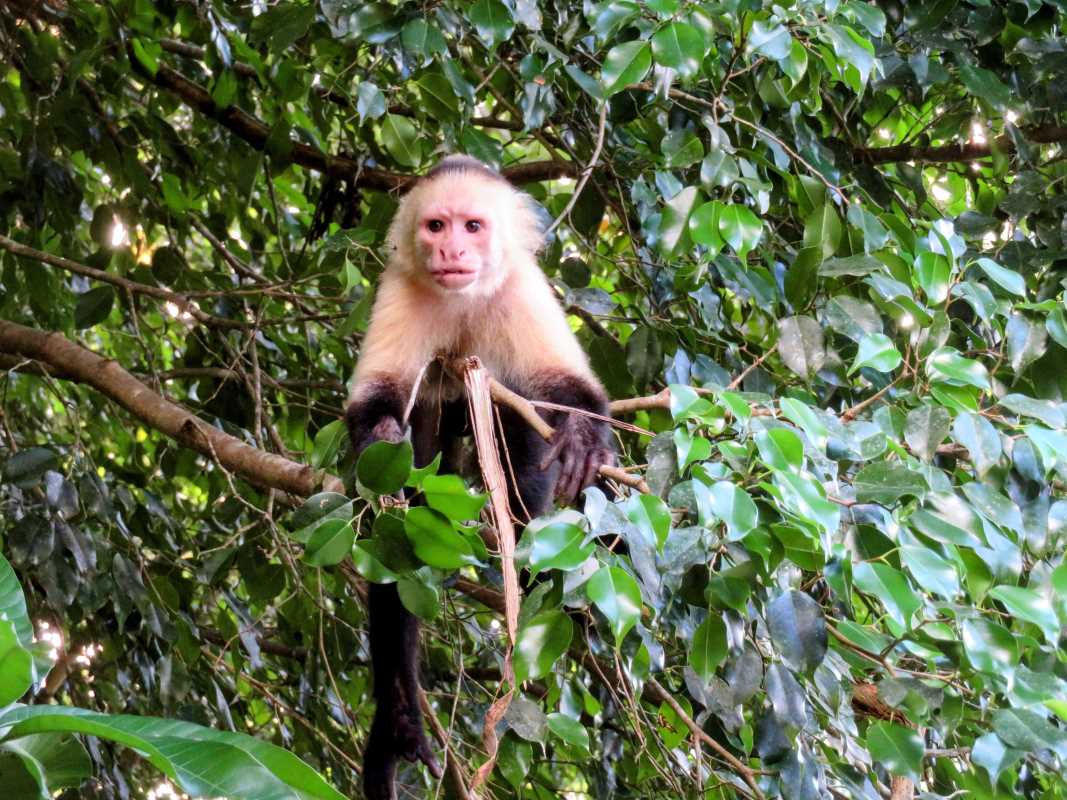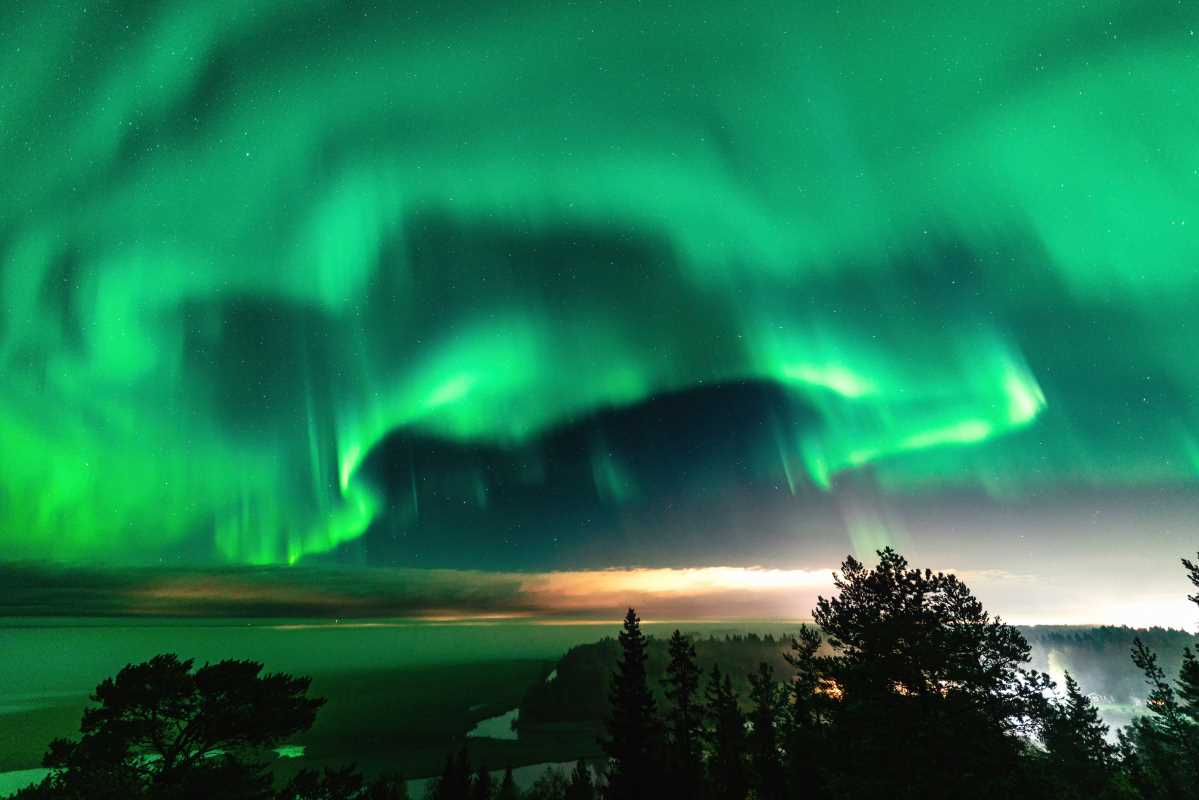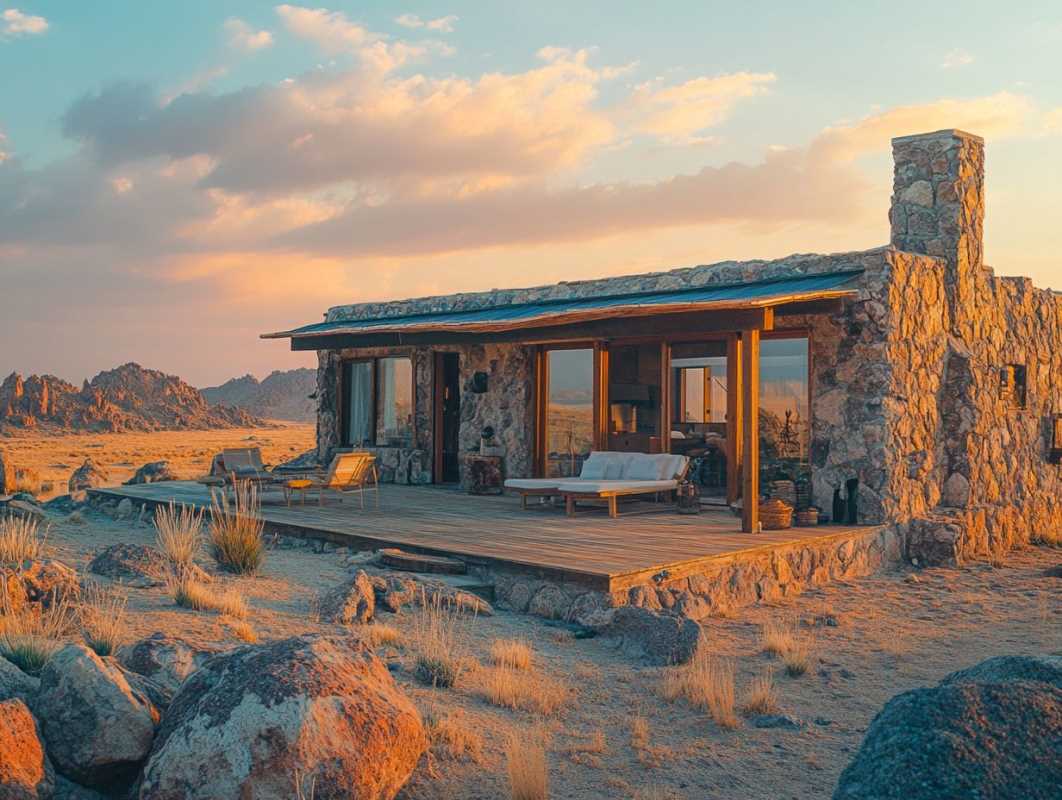Going on a guided expedition to Madagascar gives you a once-in-a-lifetime chance to immerse yourself in one of the world's most extraordinary natural landscapes. Picture trekking through lush rainforests, navigating arid spiny deserts, and exploring pristine beaches, all while encountering some of the planet's rarest and most fascinating wildlife. Whether you are a seasoned adventurer or a curious traveler, Madagascar's unique ecosystems provide an unparalleled opportunity to connect with nature in its purest form.
The Rich Biodiversity of Madagascar
People often refer to Madagascar as the "eighth continent" due to its exceptional and diverse range of species. Over 90% of its wildlife exists nowhere else on Earth, making it a paradise for nature lovers and wildlife enthusiasts alike. On guided expeditions, you may encounter:
- Aye-aye – A nocturnal lemur with a distinctive long middle finger used for foraging.
- Fossa – A carnivorous mammal resembling a small cougar, the top predator on the island.
- Tomato Frog – Brightly colored frogs known for their vibrant red hue and unique defense mechanisms.
- Radiated Tortoise – A critically endangered tortoise with stunning shell patterns.
- Vangidae – A family of birds with diverse and striking plumage, endemic to Madagascar.
These are just a few examples of the remarkable species that make Madagascar a hotspot for biodiversity. The island's isolation has led to the evolution of unique flora and fauna, providing endless opportunities for discovery and appreciation.
Types of Guided Expeditions
Madagascar provides a variety of guided expeditions tailored to different interests and adventure levels. Here are some of the most popular options:
- Rainforest Trekking: Explore the dense rainforests of Ranomafana or Andasibe-Mantadia, home to numerous lemur species and exotic plants.
- Marine Adventures: Dive into the crystal-clear waters around Nosy Be or Île Sainte-Marie to experience vibrant coral reefs and marine life.
- Desert Expeditions: Traverse the unique spiny forests and arid landscapes of the southern regions, encountering specialized reptiles and plants.
- Birdwatching Tours: Discover Madagascar's avian treasures with expert guides who can help spot elusive and endemic bird species.
- Photography Safaris: Capture stunning images of Madagascar's landscapes and wildlife with itineraries designed for photographers.
Each type of expedition offers distinct experiences, allowing travelers to choose adventures that match their interests and physical capabilities.
Tracking Wildlife: Challenges and Tips
Tracking wildlife in Madagascar can be both thrilling and demanding. The island's diverse habitats present various challenges, such as navigating dense vegetation, dealing with unpredictable weather, and encountering elusive animals that excel at camouflage. The remoteness of some areas means that access can be difficult, requiring careful planning and perseverance.
To overcome these challenges, you need to prepare adequately. Investing in quality gear, such as sturdy hiking boots and waterproof clothing, can make a significant difference. Hiring knowledgeable local guides who understand the behaviors and habitats of Madagascar's wildlife proves invaluable. They can provide insights and increase your chances of successful sightings, ensuring that your expedition is both safe and rewarding.
Experiencing Madagascar's Unique Ecosystems
Madagascar's ecosystems form a tapestry of diverse environments, each supporting its own set of unique species. From the humid rainforests teeming with life to the dry spiny forests showcasing resilient flora, every area offers something special. One of the most exciting aspects of guided expeditions is Tracking Madagascar's Rare Wildlife, where you can engage directly with nature and witness behaviors and interactions that few have the privilege to see.
Exploring these ecosystems requires a deep appreciation for the delicate balance that sustains them. Conservation efforts hold great importance, and many guided tours stress sustainable practices to minimize the impact on the environment. By participating in these expeditions, travelers not only satisfy their sense of adventure but also contribute to the preservation of Madagascar's natural heritage.
Practical Tips for a Successful Expedition
Preparing for a guided expedition in Madagascar involves several practical considerations to ensure a smooth and enjoyable experience. First and foremost, researching and choosing a reputable tour operator that prioritizes safety, sustainability, and knowledgeable guiding is important. Booking your expedition during the optimal season can greatly enhance your experience, as weather conditions and wildlife activity vary throughout the year.
Health and safety are paramount, so consult with a healthcare professional about necessary vaccinations and carry a well-stocked first aid kit. Staying hydrated and maintaining a balanced diet during your trip will help you stay energized for your adventures. Respecting local customs and regulations encourages positive interactions with communities and preserves the cultural integrity of the regions you visit.
Going on a guided expedition in Madagascar presents an adventure filled with discovery, challenge, and unforgettable moments. Witnessing the island's extraordinary biodiversity and navigating its varied landscapes, each step offers a new experience. Armed with the right preparation and an open mind, you are set to explore one of the world's most remarkable destinations. Whether you track lemurs in the rainforest or marvel at the stars in the desert, Madagascar awaits with its unparalleled natural beauty and rich array of wildlife.







